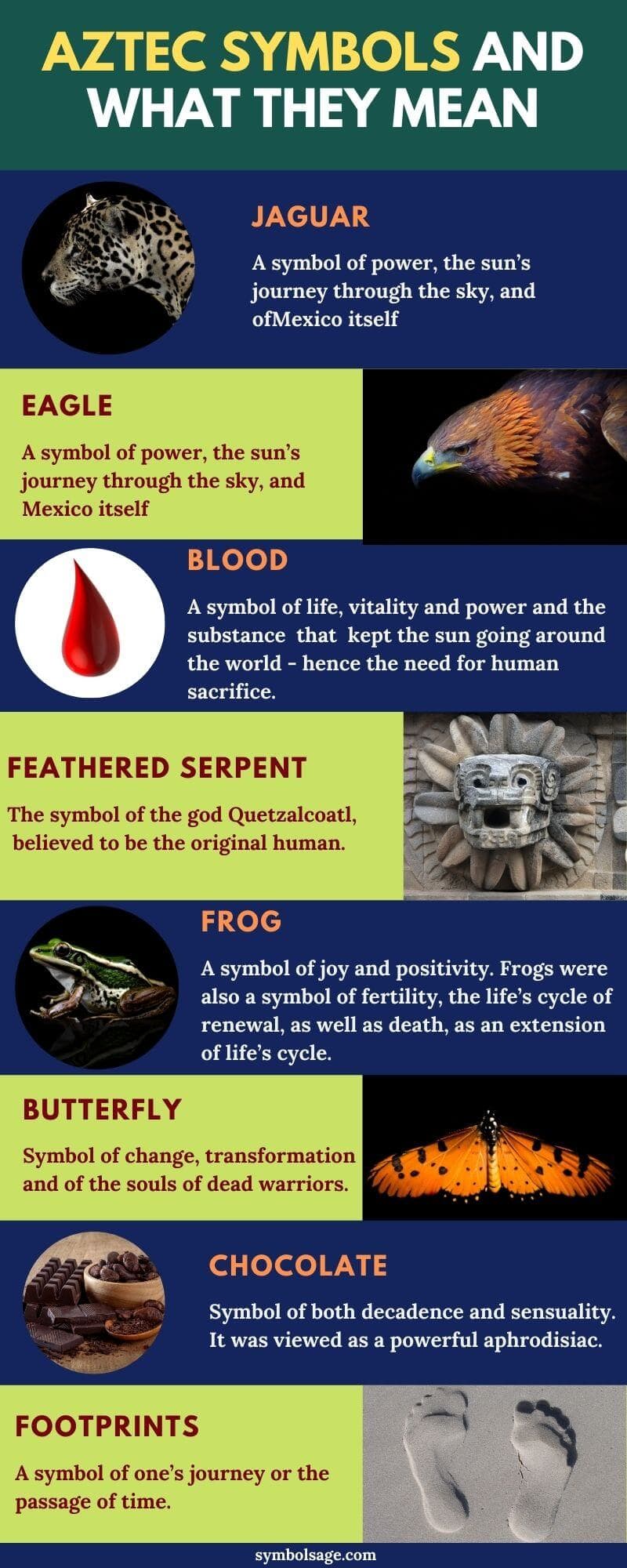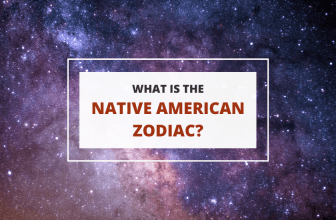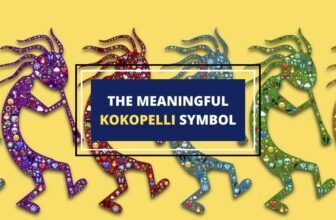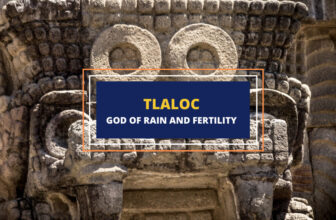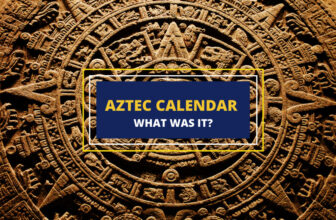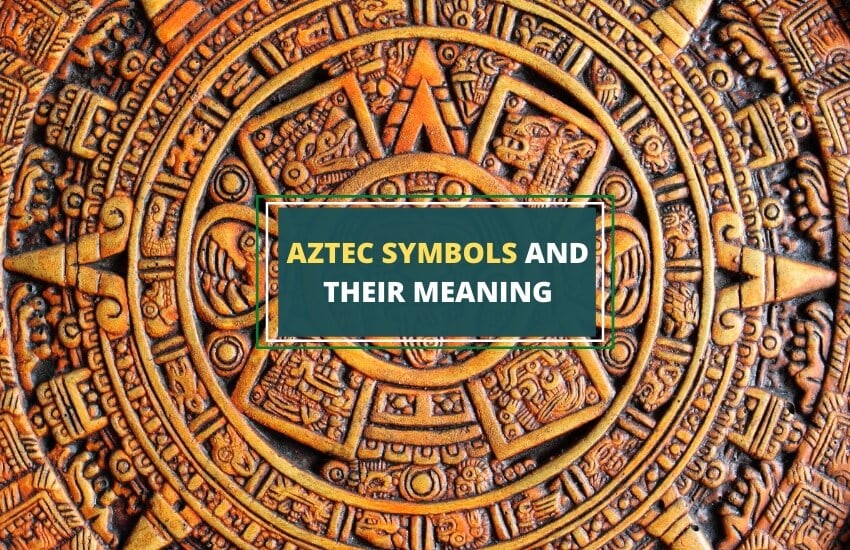
Table of Contents
The Aztec civilization, just like those of the Maya, Inca, and the other major Mesoamerican and South American civilizations, was steeped in religious and cultural symbolism.
For the Aztecs, symbolism, metaphors, and allegories were the basis of every part of their day-to-day life. Whether religious or naturalistic, Aztec symbols tell us a lot about this ancient culture and its way of life.
Let’s take a look at some of the most popular Aztec symbols, followed by a look at the importance of symbols and motifs in Aztec culture.
The Most Popular Aztec Symbols
We can’t possibly list every symbol used in Aztec writings and culture in a single article. We can mention the most prominent and/or curious ones, however.
1. Jaguar
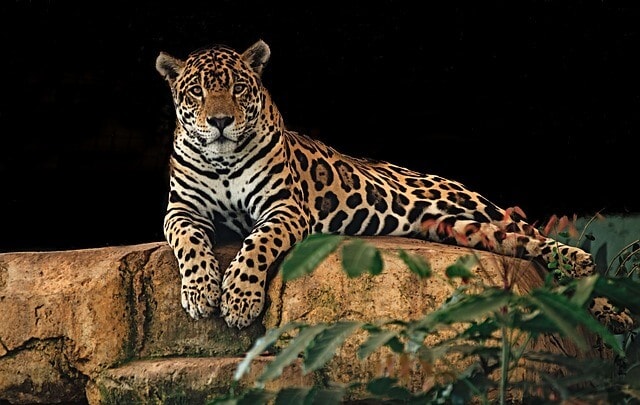
The Jaguar is the biggest wild feline and alpha predator in Mesoamerica, so it’s not surprising that the Aztecs adopted it as a powerful symbol. In their culture, the Jaguar became the symbol of the Aztecs’ most elite warriors – the Jaguar Warriors.
Just like the large cats who can kill even a full-grown crocodile through a combination of skill and strength, the Jaguar warriors were a cast of the Aztec military, which included only the most skilled and battle-hardened warriors.
Essentially, they were the seals of the Aztec military, and we’ve got to say – a jaguar is a much more intimidating animal than a seal.
2. Eagle
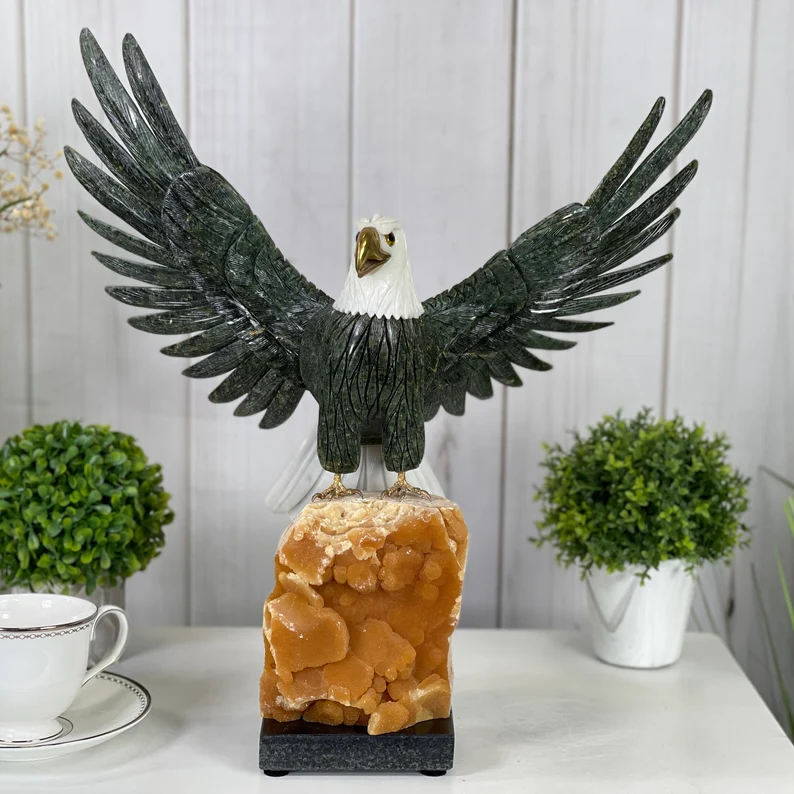
It’s easy to mistake the eagle for just another prominent war symbol, but it was much more than that. Yes, the famed Eagle Warriors are the second most well-known Aztec war caste.
The children born under this astrological sign were believed to express war-like qualities such as power, bravery, and fearlessness.
The eagle was associated with the sun, which also “flew” across the sky every day, “chasing” away the night as its prey. It is a symbol of power, the sun’s journey through the sky, and Mexico itself;
The eagle symbol was also associated with stealing and plundering, however, usually in a military context.
Even more famously, the eagle was the symbol of the Aztec capital, Tenochtitlan, as the Aztecs believed that they were the descendants of the wandering tribe of the Mexica people.
In the myth about the Mexica, they were said to have traveled Mesoamerica in search of a home – a home that would be indicated by an eagle sitting on a cactus.
The eagle was said to be a symbol or an incarnation of the god Huitzilopochtli, who the Mexica worshipped. Eventually, the Mexica tribe saw Huitzilopochtli’s eagle on a small swampy island in the middle of Lake Texcoco.
That’s where they established Tenochtitlan city, and the eagle later became a part of the Mexican national flag after Mexico’s revolution and liberation in the 19th century.
3. Blood

In most ancient cultures, blood was a popular symbol of life and vitality. It was much more than that for the Aztecs, however.
For them, people’s blood was the very substance that made the world go round, or rather – that kept the sun going around the world.
The Aztecs believed that at night, the sun was too weak, and that’s why it traveled through the underworld. So, the sun needed blood to maintain its strength and rise up again every morning.
Ironically, the Aztecs also believed the sun was one of the incarnations of the god Quetzalcoatl. Also depicted as a warrior or as a feathered serpent, Quetzalcoatl was arguably the most famous and beloved Aztec deity, but he was also the only deity opposed to human sacrifices.
And yet, the horrific practice continued, largely motivated by the desire to keep the sun or Quetzalcoatl strong. Talk about unwanted help.
4. The Atlatl spear thrower
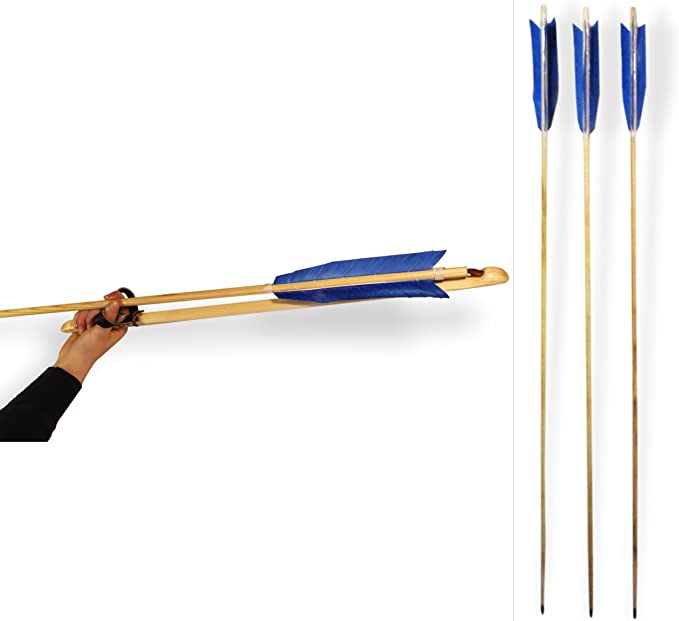
The Atlatl was one of the more unique Aztec weapons. It predated the bow and arrow and was a short, one-handed rod, usually decorated with serpents or bird feathers.
Aztec warriors and hunters used it to help them throw spears at even greater distances and with greater power than you could with a bare arm.
The Atlatl was a fearsome weapon, so it’s no surprise that it also became a prominent symbol. It was viewed as a symbol of both warfare and magical prowess.
An Atlatl warrior was also often used to portray Death, especially in relation to the sacrificing of captive enemies.
5. The feathered serpent
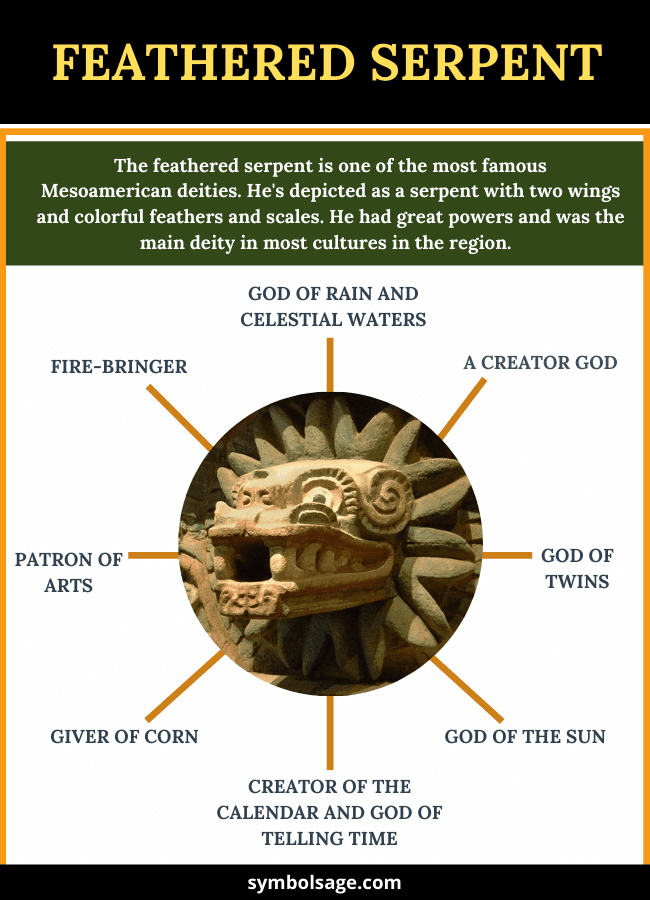
One of the most famous divine symbols in Aztec culture and mythology is that of the Feathered Serpent.
One of the most famous dragons from Aztec myths, when he wasn’t portrayed as a man or as the sun, Quetzalcoatl was usually depicted as a colorful, feathered amphiphile dragon, i.e., a dragon with two wings and no other limbs.
While he wasn’t a god of war, Quetzalcoatl was the god most warriors wanted to associate with as he was believed to be the original human – hence why he was the only god opposed to human sacrifices.
Serpents and feathers were the most common ornaments, carvings, and accessories attached to Aztec weapons as they symbolized the feathered serpent’s power and strength.
6. Frog
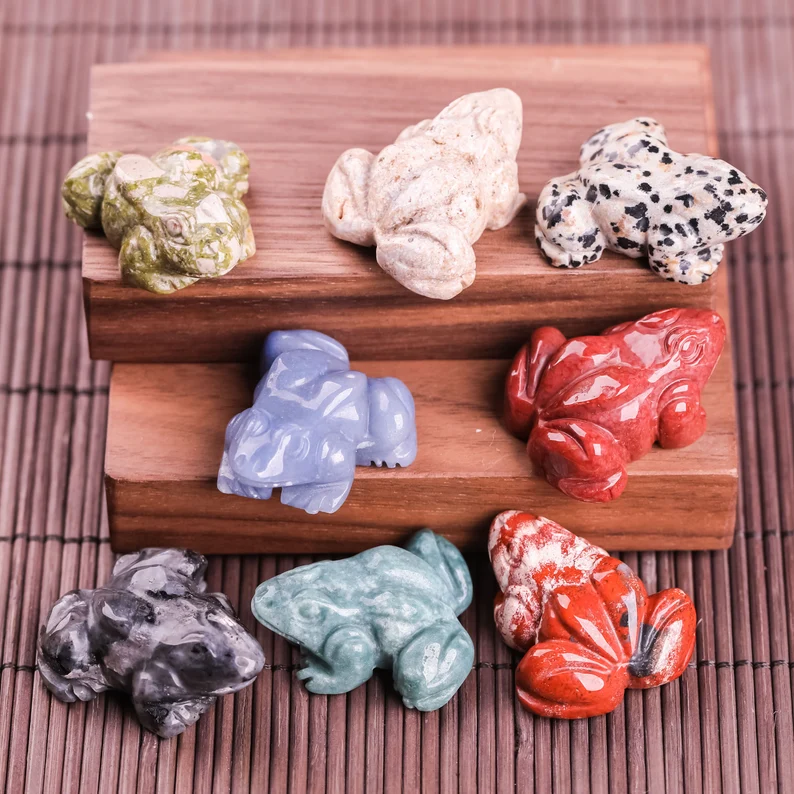
A much more ordinary and happy symbol, the frog symbolizes joy. It’s not clear why that’s the case, but one can assume it’s because the Aztecs found frogs amusing. A little gross, maybe, but amusing nonetheless.
More than that, however, frogs were also a symbol of fertility, the life’s cycle of renewal, as well as death, as an extension of life’s cycle.
The frog was also the symbol of the Aztec earth mother goddess Tlaltecuhti who was often portrayed as a toad or a quasi-human form with frog features.
Like most Aztec animal symbols, she was usually portrayed as quite frightening – with a gaping, fanged mouth and clawed feet with human skulls underneath them.
However, that was a part of her life-cycle symbolism as she was swallowing the souls of the dead and then giving birth to the universe. That is recycling at its finest.
7. Butterfly
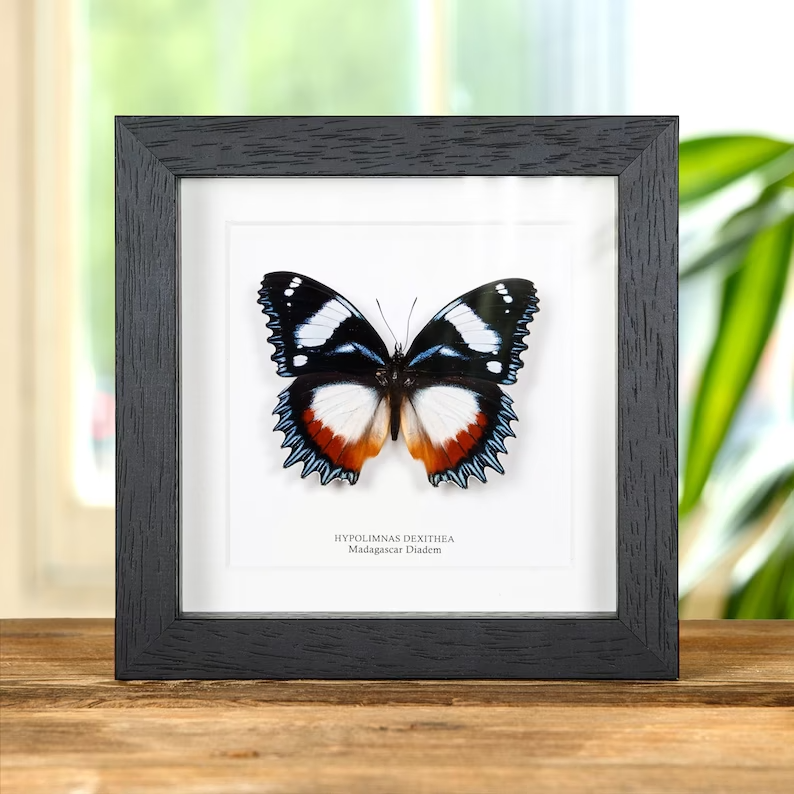
The butterfly or papalotl was one of the aspects of Xochipilli, the god of vegetation. That connection was pretty clear, as are all the other symbolic meanings of the butterfly.
The beautiful insects also symbolized a flickering firelight, often associated with the sun or the stars, as well as change. As the Aztecs observed the butterflies’ transformation, they assigned them to be a symbol of personal change too.
Additionally, butterflies were also a symbol of the goddess Itzpapalotl, her name translating to Obsidian butterfly or Clawed butterfly.
Itzpapalotl herself symbolized the souls of women who died during childbirth. The same symbolism was sometimes extended to the souls of warriors who died in battle – their souls were said to flutter among the flowery fields like butterflies.
8. Chocolate

In the 2000 romantic movie Chocolat, the delicious cocoa goodness was said to have represented love, freedom, and sensuality in the Mesoamerican cultures. That’s true, but it actually symbolized other things too.
Chocolate was viewed as a powerful aphrodisiac by the Aztecs and the Maya, so much so that they even worshipped it as “holy”.
However, it was also mostly reserved for the ruling elite, and most commoners didn’t have much access to it. Chocolate was even used as a currency but was so expensive that few could afford it.
And as with most symbols of the ruling class and of sexual activities, chocolate was also associated with moral decadence.
9. Footprints

Even something as ordinary as a person’s footprints in the dirt was a popular symbol in Aztec writing, art, and life.
They were commonly used as a symbol of the passage of time in writing and in visual storytelling. They also represented both literal and metaphorical journeys, however.
Similar to the butterfly, footprints were often used to show how much a person has changed and how far they’ve traveled.
10. A newborn baby

It’s fascinating how much symbolism can be derived from the act of giving birth. It’s simultaneously the most biologically normal and also the most mysterious thing for most cultures and religions.
For the Aztecs, this wondrous act also symbolized a lot of things – life, the life’s cycle, an overall positive occurrence, and… a prisoner struggling to escape captivity.
It does seem like a weird interpretation of the process of creating life, but it’s also understandable. Human babies spend an extraordinary amount of time in their mothers’ wombs, especially compared to most other animals native to the Central and South Americas.
The process of giving birth does involve a lot of struggle from both parties involved. You can tell a man came up with that metaphor.
The Importance of Symbols for the Aztecs
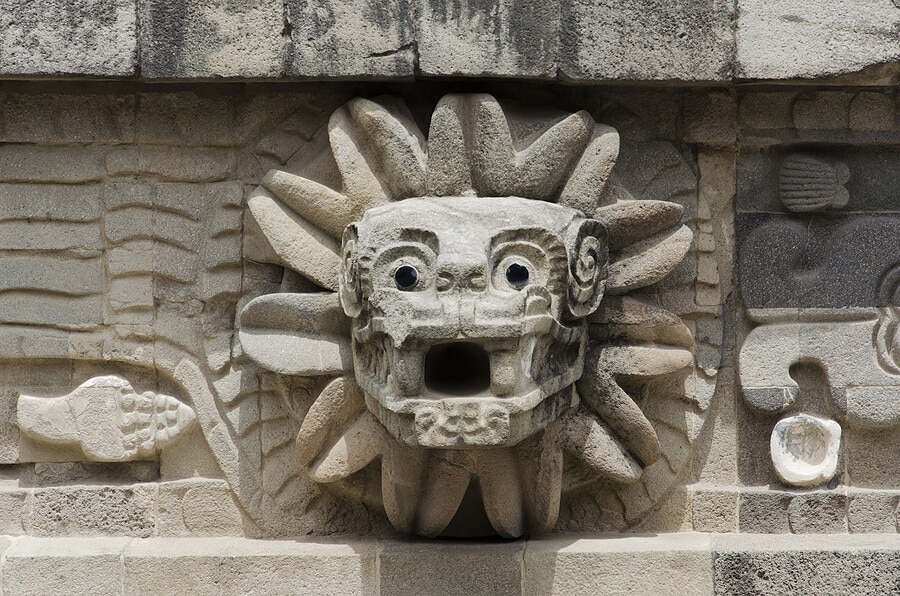
Prominent in the several centuries prior to the arrival of the Spanish conquistadors, the Aztecs were as much a militaristic and technologically advanced culture as they were spiritual.
Everything, from their writings, artwork, architecture, fashion, language, and military, was engulfed in spiritual and religious symbolism.
Aztec warriors, for example, would not only wear clothing designed after specific animals and be divided into casts named after different animals – they would also often tattoo their bodies and heads with religious and animalistic symbols of strength, power, and ferocity.
The various Aztec calendars also used dozens of different symbols to note the days and seasons of the year. From there, all administrative, agricultural, and civic periods and schedules were also named after various symbols.
The Aztecs’ arts and writing also heavily used various metaphorical symbols, as did their jewelry, clothing, and architecture.
The Aztecs even named their children after the day of their birth and the god corresponding to that date in the Aztec calendar.
Types of Aztec Symbols
With pretty much every aspect of the Aztec culture being governed or accompanied by heavy symbolism, there are hundreds of different symbols we can talk about.
It’s also not surprising that if we try to categorize them in some way, we can end up with dozens of different arbitrary categories.
So, to keep things simple, we’ve divided the different types of Aztec symbols into three groups – religious, animalistic, and common item symbols.
Many of the Aztec symbols can still be used interchangeably between the three groups, since many of the religious symbols were animalistic in nature and/or came in combination with some common domestic items. Still, this is as clear and straightforward of a division as we could think of.
1- Religious symbols
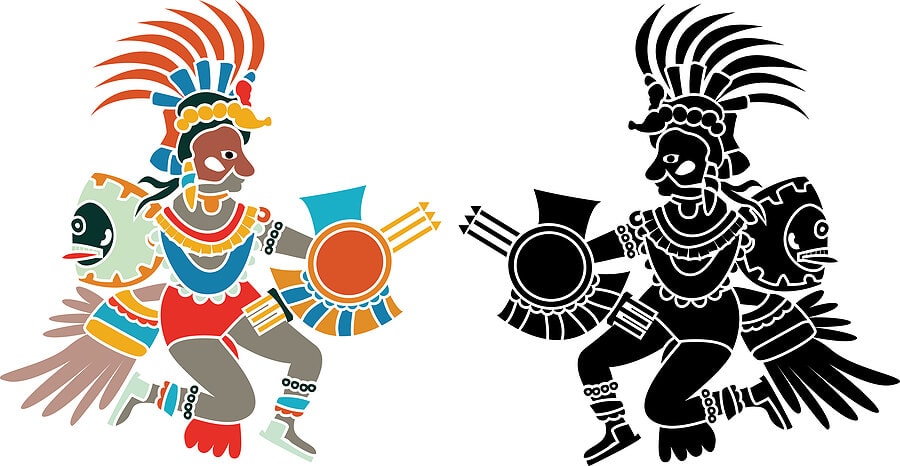
The Aztecs were a very religious culture. Today, we often associate the Mesoamerican cultures with ritual sacrifices but their religions included much more than that.
Like most ancient religions, the Aztecs use theirs to explain almost every natural occurrence and every other normal act of day-to-day life.
As such, almost every profession or activity was patronized by a certain deity and fell under one symbol or another. The deities themselves were often portrayed as animals, monsters, or celestial bodies but were also symbolized by different items and objects.
2- Animalistic symbols
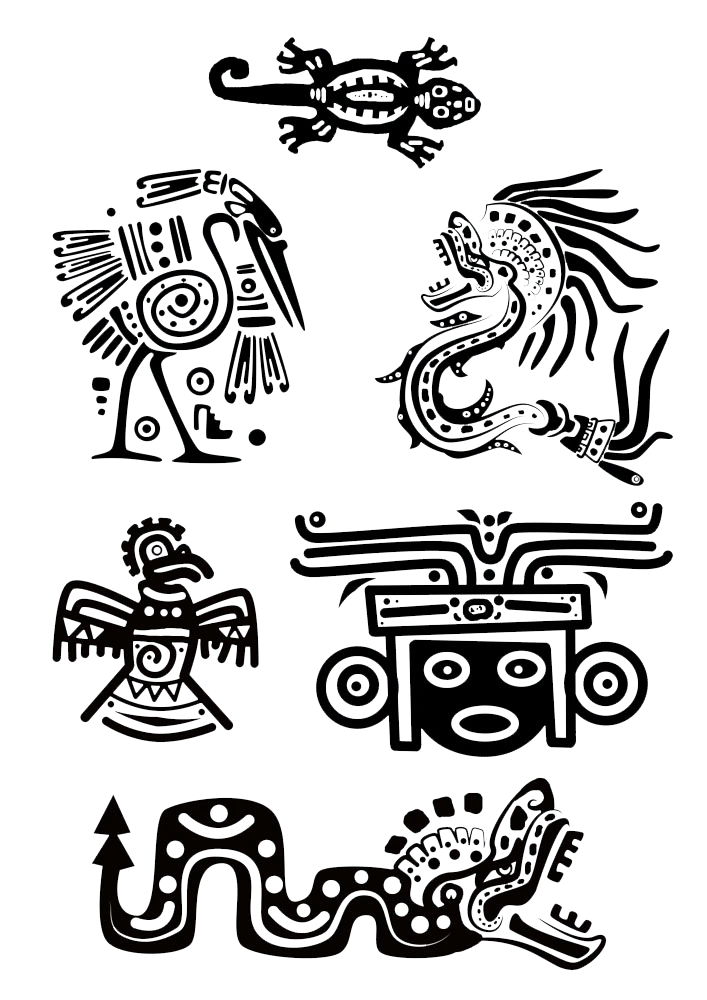
As the animal diversity in the Mesoamerican region was exceptionally rich at the time, the Aztecs used animal symbolism to describe almost every activity.
Animal symbolism was also used to describe the different times of day, as well as the different months and seasons of the year, as was common in most ancient cultures.
Most commonly, the Aztecs would do a sort of reverse anthropomorphism – they wouldn’t so much attribute human traits to animals the way modern pop culture often does, but they would ascribe various animal traits and behaviors to humans.
Aggressive and strong warriors would be called jaguars, joyous people would be associated with frogs, people who changed a lot throughout their life would be called butterflies, and so on.
3- Common items/situations symbols
The Aztecs’ affinity for symbolism and allegories went so far that they even used normal, everyday items or activities as common symbols in their writings and art.
One warrior standing in front of a kneeling opponent was a symbol of dominance, footsteps in the dirt symbolized a person’s journey or the passage of time, blood was a powerful symbol of power and even newborn babies were a common symbol of someone escaping captivity.
The Aztec Calenders
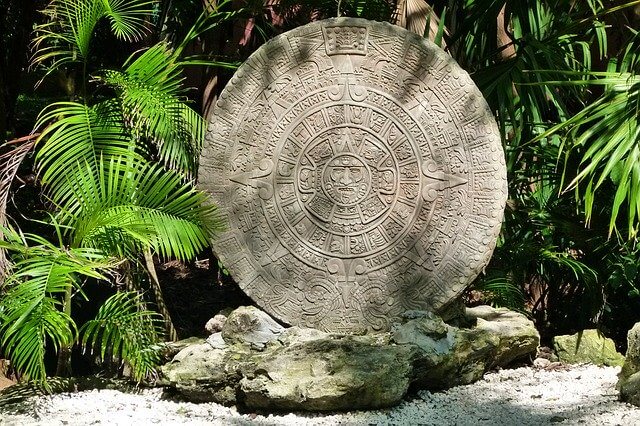
The Aztec and Mayan calendars are somewhat popular nowadays even if it’s just as memes, predicting the end of the world. However, they did serve very important religious, ritualistic, and practical roles.
The Aztec calendar is most well-known as the “sun stone” but a more accurate name would be the Cuauhxicalli Eagle Bowl.
It’s easy to view the Aztec calendar as a symbol in and of itself, but it was actually a combination of dozens and hundreds of different symbols – one for each season, each day, and each activity ascribed to them.
In fact, there are two main Aztec calendars that were mostly independent of one another.
- The Xiuhpohualli calendar had 365 days in it. It was used to describe in detail the various rituals and daily activities people were supposed to engage in every day of every season. It described the solar year and our modern calendars and had an almost entirely practical application. It’s mostly viewed as a standard agricultural calendar. However, like all other Aztec writing, it used many different Aztec symbols.
- The Tonalpohualli calendar, or the day-count calendar, had 260 days. It had a much more religious and ritualistic application, and it’s usually the calendar people today think of when they hear or talk about the Aztec sunstone or Cuauhxicalli Eagle Bowl calendar.
The day-count calendar was a sacred calendar and it served as a divination tool. It described the different days and rituals for each deity and was believed to literally prevent the world from ending.
That’s because the Tonalpohualli calendar and the tasks and rituals described in it were designed to keep the divine equilibrium between the Aztec gods.
Not adhering to any one task described in that calendar could mean one god gaining an advantage over the others and ending the world in any myriad horrific ways.
Wrapping Up
From the discussion above, it’s clear that symbols played an extremely significant role in Aztec society, culture, and daily life.
If you’d like to learn more about Aztec culture, check out our article on Aztec Gods and Their Significance.
